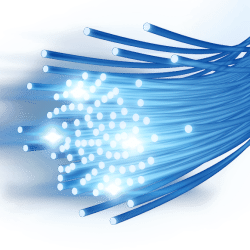All Stories
A couple of months ago my team had its first experience working with Java fibers, we needed to make our main application work asynchronously. In this 3 part series, I will share my team’s experience and how we deploy and implement Java fibers in production. In Part 1 we talked about what fibers are in high level, how they compare to threads and why we started to explore them. In Part 2 we went further in-depth about how fibers differ from threads, how to create fibers, how to work with them and the basic concepts of how they work. In this part, we’ll discuss what’s going on under the hood in fibers and deep dive into the implementation of how fibers work and what lessons we learnt during our journey working with them. We will also see how this magic happens… Under the hood Fibers are implemented by instrumenting […]
A couple of months ago my team had its first experience working with Java fibers, we needed to make our main application work asynchronously. In this 3 part series, I will share my team’s experience and how we deploy and implement Java fibers in production. In the previous part (Part 1), we talked about what fibers are in high level, how they compare to threads and why we started to explore them. In this part we’ll focus further in-depth about fibers and how they differ from threads, we’ll see how to create fibers, how to work with them, and the basic concepts of how they work. Threads vs. Fibers We searched for a reason why not to stay with threads. We researched the costs and performance penalties of working with threads vs. fibers. We wanted to find proof that fibers can work better than threads, or at least shine in […]
A couple of months ago my team had its first experience working with Java fibers, we needed to make our main application work asynchronously. In this 3 part series, I will share my team’s experience and how we deploy and implement Java fibers in production. We will cover what fibers are, how to use them, their pros and cons, and their internals, all in a mix between guide and blog describing our experience. Fibers are a sort of lightweight threads, that are meant to address performance, scale and code structure in our applications, they can work together or replace threads. If you are dealing with concurrency, code structure and asynchronous challenges, or you are just interested in learning this technology, this blog post series is for you. The first part of this series is an overview of what fibers are, the next parts are diving deeper into the technology and […]

